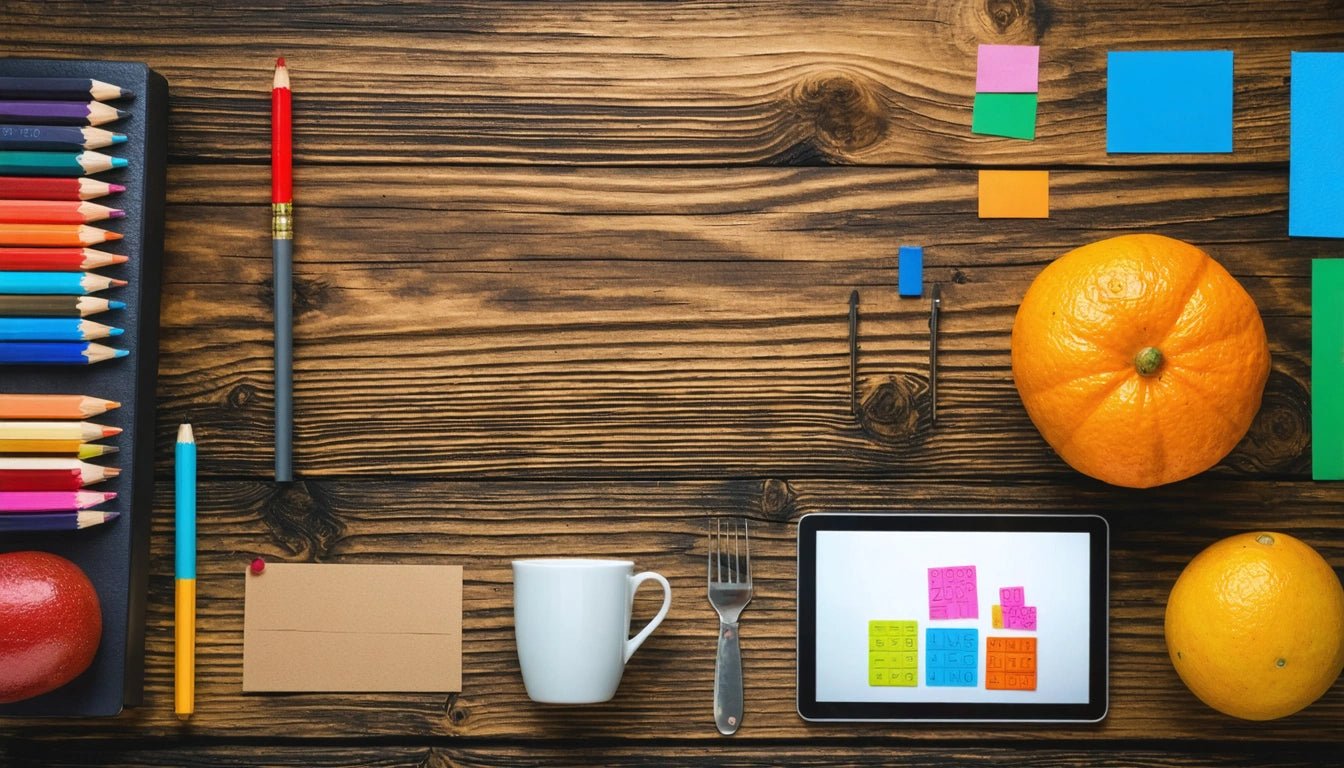Table of Contents
Guide to Perfect Color Combinations: What Colors Match Best?
Finding the perfect color combinations can transform any design project from ordinary to extraordinary. Whether you're designing packaging, creating a brand identity, or simply redecorating your space, understanding what colors match with what is essential for creating visually appealing and harmonious designs.
Color Theory Basics: Understanding What Colors Match
Color theory provides the foundation for understanding the best matching colors. The color wheel, developed by Sir Isaac Newton in 1666, remains the most valuable tool for identifying harmonious color combinations.
The Color Wheel Explained
The traditional color wheel consists of 12 colors:
- Primary colors: Red, blue, and yellow
- Secondary colors: Green, orange, and purple (created by mixing primary colors)
- Tertiary colors: The remaining six colors created by mixing primary and secondary colors
According to experts in color pairing, there are several approaches to finding colors that complement each other:
- Complementary colors: Colors opposite each other on the wheel (blue and orange, red and green)
- Analogous colors: Colors adjacent to each other (blue, blue-green, green)
- Triadic colors: Three colors equally spaced around the wheel
- Monochromatic colors: Various shades and tints of a single color
Primary Color Matching: Blue, Red, and Yellow Combinations
Blue Colour Match With What Colour?
Blue is versatile and pairs well with numerous colors depending on the mood you want to create:
- Blue + Orange: A classic complementary combination that creates visual pop
- Blue + Yellow: Bright and cheerful, ideal for creating contrast
- Blue + White: Clean, fresh, and reminiscent of coastal themes
- Blue + Pink: Soft and playful, popular in contemporary designs
- Blue + Gray: Sophisticated and professional
When designing product packaging, blue combinations can significantly impact consumer perception. Many premium packaging suppliers recommend blue-based color schemes for products aimed at conveying reliability and quality.
Red Colour Match With What Colour?
Red is bold and attention-grabbing, making it important to pair thoughtfully:
- Red + Green: Traditional complementary pairing, popular for seasonal themes
- Red + Black: Powerful, luxurious, and dramatic
- Red + White: Clean, bold, and highly visible
- Red + Gold: Conveys luxury and celebration
- Red + Navy: Sophisticated and balanced
Yellow Combinations
Yellow brings energy and brightness to any palette:
- Yellow + Purple: Complementary combination that balances warm and cool
- Yellow + Gray: Modern and sophisticated
- Yellow + Blue: Vibrant and balanced
- Yellow + Green: Fresh and nature-inspired
- Yellow + White: Clean and airy
Secondary Color Matching: Green, Purple, and Orange Pairings
Green and What Colour Match?
Green symbolizes nature and growth, offering numerous pairing possibilities:
- Green + Pink: Fresh and contemporary
- Green + Brown: Earthy and natural
- Green + White: Clean and refreshing
- Green + Red: Vibrant contrast, often used seasonally
- Green + Gold: Rich and elegant
As explored in this guide to matching colors, green pairs well with both warm and cool tones, making it extremely versatile.
Purple Combinations
Purple conveys creativity and luxury:
- Purple + Yellow: Dynamic complementary pairing
- Purple + Green: Rich and natural
- Purple + Pink: Feminine and romantic
- Purple + Gray: Sophisticated and contemporary
- Purple + White: Clean and elegant
Orange Combinations
Orange brings warmth and energy:
- Orange + Blue: Vibrant complementary pairing
- Orange + Brown: Warm and earthy
- Orange + Teal: Bold and contemporary
- Orange + White: Clean and energetic
- Orange + Green: Fresh and natural
Neutral Color Combinations: Black, White, Gray, and Beige
Neutrals form the backbone of many color schemes, providing balance and sophistication:
- Black + White: Classic, timeless, and high-contrast
- Gray + Pink: Soft and contemporary
- Beige + Navy: Elegant and balanced
- Charcoal + Yellow: Modern with a pop of color
- White + Any color: Creates clean, fresh combinations
According to color palette experts, neutrals help ground more vibrant colors and create sophisticated, timeless designs.
Color Matching Applications: From Branding to Packaging
Understanding what are the matching colours is particularly valuable in practical applications:
Branding and Identity
Color choices significantly impact brand perception. Selecting the best brand colors involves understanding color psychology and your target audience's preferences.
Packaging Design
Product packaging relies heavily on effective color combinations to attract attention and communicate brand values. Industry leaders understand that color can influence purchasing decisions and product perception.
Digital Design
For websites and digital interfaces, color combinations must balance aesthetics with accessibility and readability. The best matching colors for digital applications often follow the 60-30-10 rule: 60% dominant color, 30% secondary color, and 10% accent color.
Finding the perfect color combinations is both an art and a science. While color theory provides guidelines for what colors match with what, personal preference and context also play important roles. By understanding basic color relationships and experimenting with different combinations, you can create visually stunning designs that effectively communicate your message and appeal to your target audience.



















